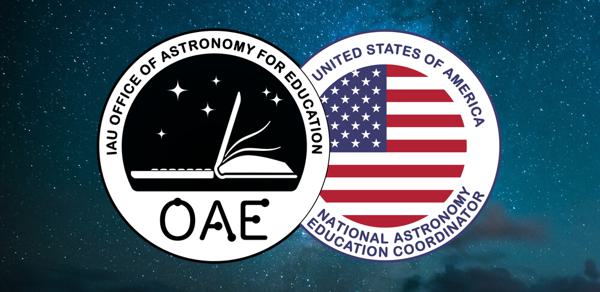Glossary term: Roche Limit
Description: Tidal forces stretch astronomical objects into elongated shapes. For example, the Moon stretches the water around the Earth into two bulges; this causes the tides on the Earth.
Any two massive objects exert tidal forces on each other. More massive objects exert larger tidal forces while tidal forces are stronger for objects that are closer together. These tidal forces can become so strong that the stretching can rip one of the objects to shreds.
For an object (e.g. an asteroid or moon) of a particular mass and size close to another massive object there is a distance within which it will be torn to pieces by the other object's tidal forces. This distance is known as the "Roche limit".
A common example of the Roche limit is rocky and icy moons orbiting giant planets. If a moon is closer to the giant planet than the Roche limit then it will disintegrate, forming a ring of material around the giant planet.
Chains of craters called "catenae" visible on the Moon and other rocky bodies in the Solar System are evidence for incoming asteroids breaking up as they pass the Roche limit, leading them to impact as a string of smaller objects, rather than one large body.
Term and definition status: This term and its definition have been approved by a research astronomer and a teacher
The OAE Multilingual Glossary is a project of the IAU Office of Astronomy for Education (OAE) in collaboration with the IAU Office of Astronomy Outreach (OAO). The terms and definitions were chosen, written and reviewed by a collective effort from the OAE, the OAE Centers and Nodes, the OAE National Astronomy Education Coordinators (NAECs) and other volunteers. You can find a full list of credits here. All glossary terms and their definitions are released under a Creative Commons CC BY-4.0 license and should be credited to "IAU OAE".








